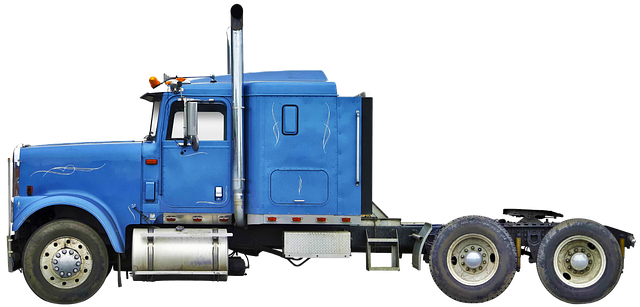Looking to register your car in California? It’s a straightforward process that begins with understanding the requirements. This guide walks you through every step, from gathering essential documents for vehicle registration to completing crucial DMV VIN verification. Learn how to pay California’s vehicle registration fees and receive your official title and plates. Streamline the experience with our clear instructions tailored for a successful registration.
- Understand Requirements for Car Registration in California
- Gather Necessary Documents for Vehicle Registration
- Complete Online or In-Person DMV Visit for VIN Verification
- Pay California Vehicle Registration Fees
- Receive Your Registered Vehicle Title and Plates
Understand Requirements for Car Registration in California

Before registering your car in California, it’s crucial to understand the requirements set by the Department of Motor Vehicles (DMV). The process involves several key steps, including a thorough vehicle inspection and verification of the vehicle’s identification number (VIN). The DMV conducts a VIN verification to ensure that the car matches the information provided on the registration documents. This is an essential step in preventing fraud and ensuring the safety of California’s roads.
Additionally, you may consider utilizing a mobile VIN inspection or mobile VIN verifier service to streamline the process. These services provide on-site or remote checks, allowing for quicker verification of your car’s history and compliance with DMV standards. By availing these options, you can save time and effort while ensuring that your vehicle meets all the necessary criteria for registration in California.
Gather Necessary Documents for Vehicle Registration

Before you start the registration process, ensure you have all the required documents ready. This includes the vehicle’s title, which proves ownership, and a valid driver’s license or ID card. You’ll also need proof of insurance, which can be in the form of an insurance card or a certificate of insurance. The California Department of Motor Vehicles (DMV) requires these to verify your identity and ensure you have adequate coverage.
Additionally, you must undergo a dmv vin verification process. This involves checking the vehicle’s unique identifier, known as the Vehicle Identification Number (VIN), against the manufacturer’s records. You can do this through a mobile vin verifier or by scheduling an appointment for a mobile vin inspection. This step is crucial to confirm the car’s authenticity and history, which is essential for a smooth registration experience.
Complete Online or In-Person DMV Visit for VIN Verification

Completing a DMV visit is a crucial step in the car registration process. You can choose between conducting this at a physical DMV office or opting for an online service, depending on your preference and convenience. However, one essential task during this visit is the VIN verification process. This involves checking the accuracy of your vehicle’s unique identification number (VIN) to ensure it matches the details in the DMV’s records.
For traditionalists, visiting a DMV office remains a viable option where you can present your documents and undergo the vin inspection in person. Alternatively, some services now offer mobile vin verifier options, allowing for convenience with on-site or remote verifications, respectively. This step is critical to avoid any discrepancies that could delay registration.
Pay California Vehicle Registration Fees

After completing your vehicle’s purchase, it’s time to pay the California Vehicle Registration Fees. These fees cover a variety of essential services, including registration, vehicle inspection, and DMV (Department of Motor Vehicles) vin verification. The process can be completed online or at a local DMV office.
For added convenience, consider using a mobile vin verifier for your vin inspection. This service allows you to verify your vehicle’s vin using your smartphone or tablet, making it easier than ever to ensure your car meets all registration requirements. By completing these steps promptly, you’ll ensure a smooth and efficient registration process for your new California vehicle.
Receive Your Registered Vehicle Title and Plates

After completing your vehicle’s registration process at the California DMV, it’s time to receive your official documents. You’ll be given a registered vehicle title, which is a legal proof of ownership, and license plates for your car. This step is crucial as these documents are essential for identifying your vehicle and ensuring proper legal compliance.
The DMV will also conduct a VIN (Vehicle Identification Number) verification process to ensure the accuracy of the data on your vehicle’s registration. A mobile VIN inspection or verifications can be convenient alternatives if you prefer not to visit a DMV office, allowing you to quickly obtain the necessary documents for your new car in California.
Registering a car in California involves understanding the state’s requirements, gathering essential documents, and completing a DMV visit for VIN verification. By following these steps and paying the necessary fees, you’ll receive your registered vehicle title and plates, legally entitling you to drive on California roads. Remember, proper registration ensures your vehicle complies with state regulations and protects your investment.
